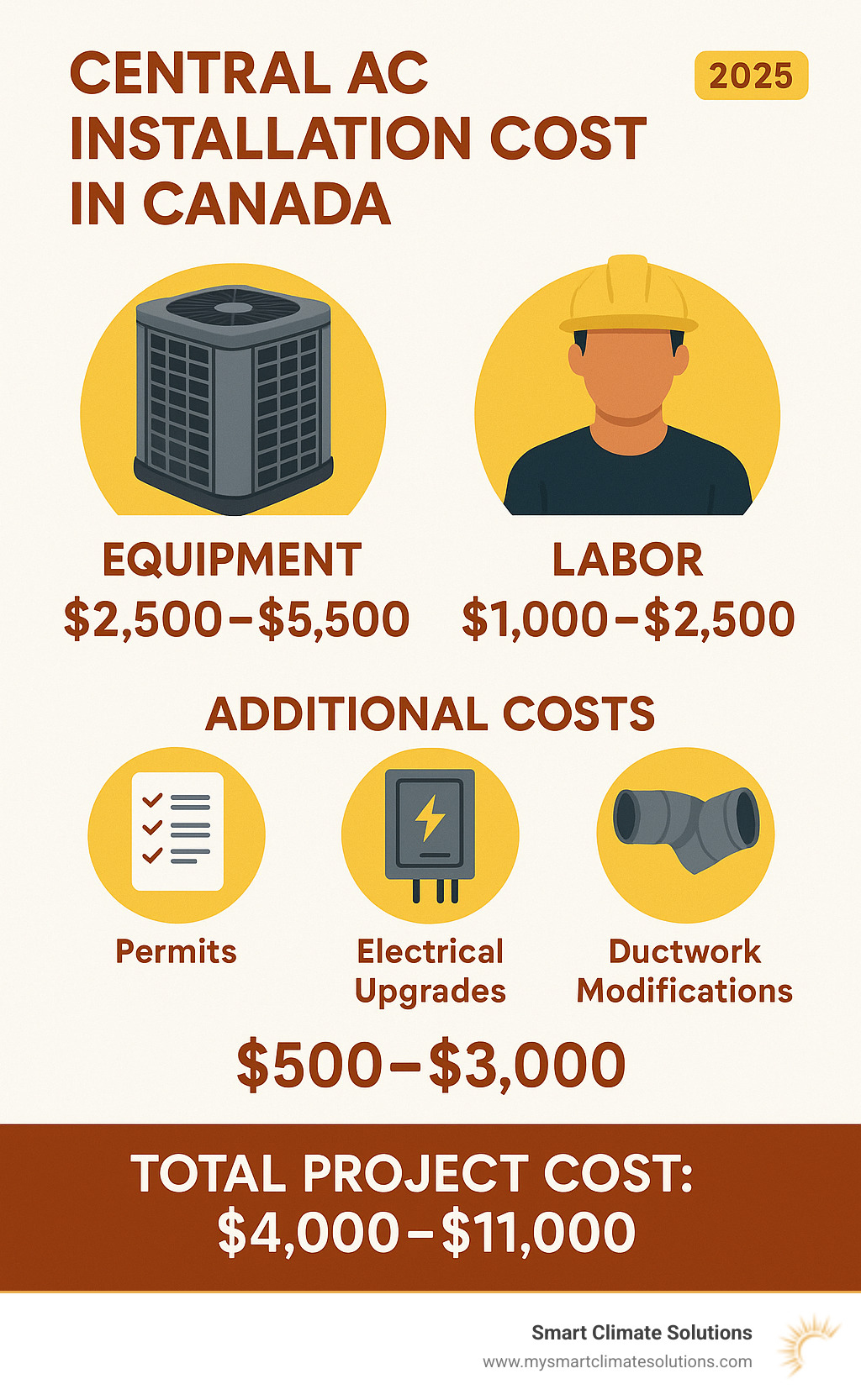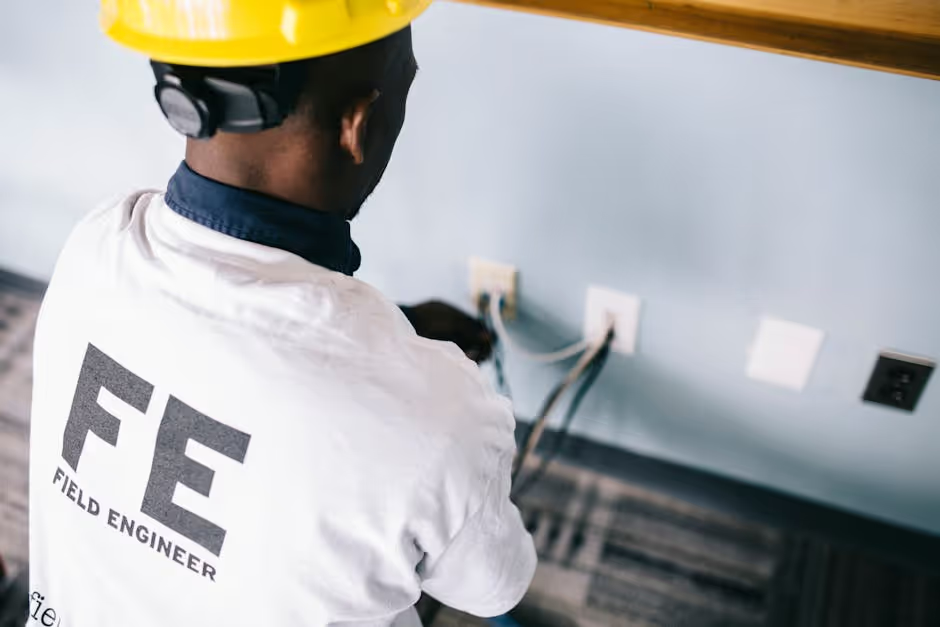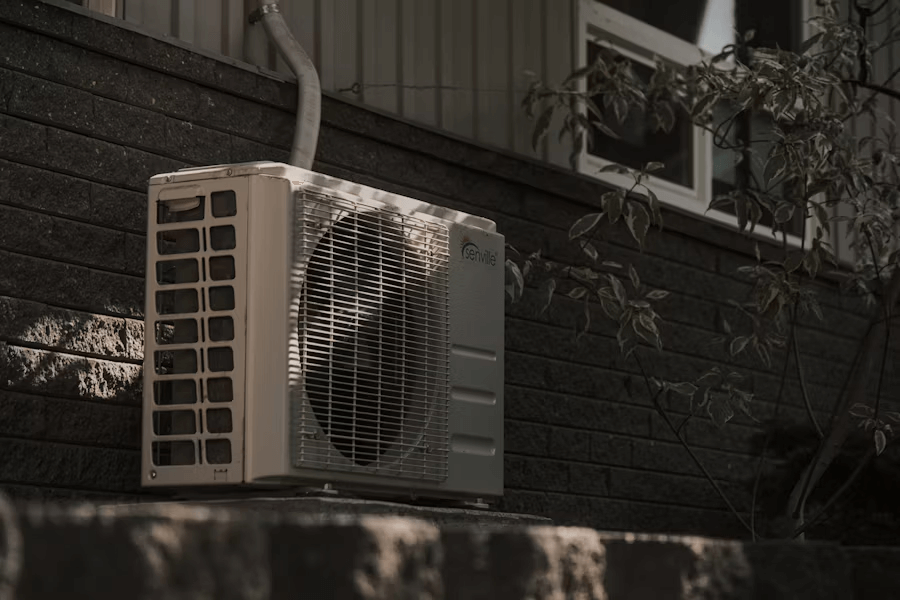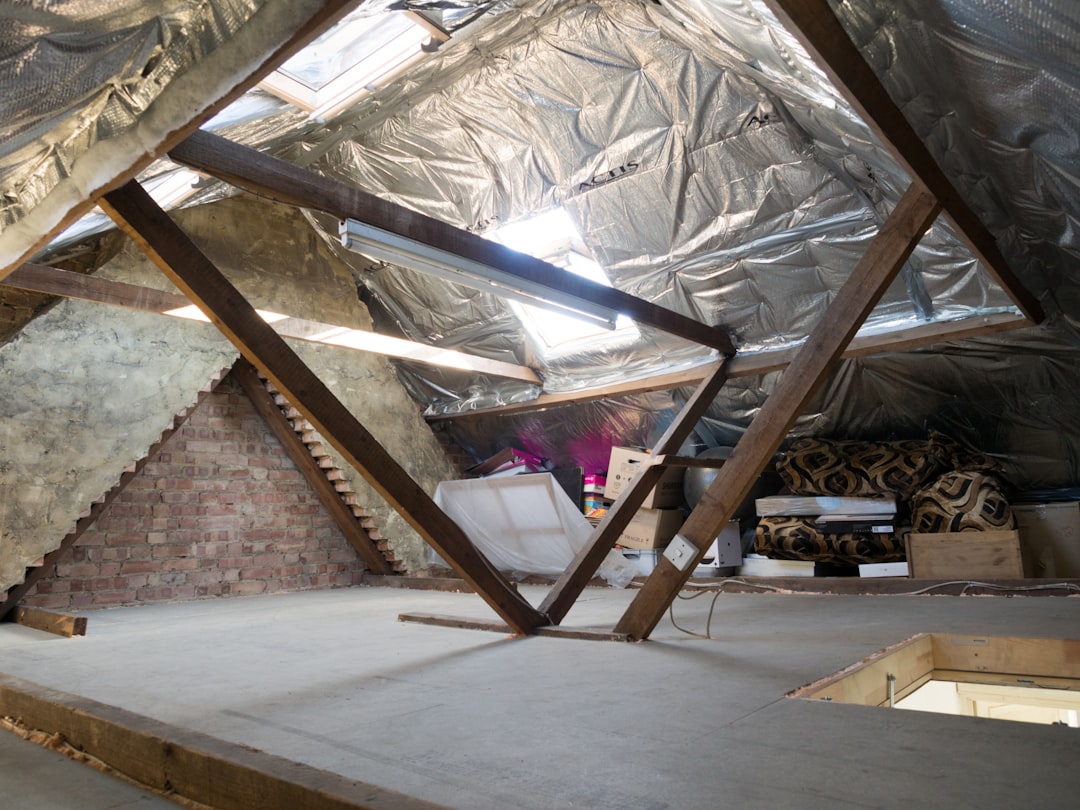Understanding Central AC Installation Cost in Western Pennsylvania & the Tri-State Area
Central ac installation cost across Western Pennsylvania, Eastern Ohio, and Northern West Virginia averages $4,625 including equipment and labor, but the total price can range from $3,950 to $9,500 depending on your home's specific needs.
Quick Cost Breakdown:
- Low-end installation: $3,950-$4,000 (basic 2-ton unit, existing ductwork)
- Mid-range installation: $4,625-$7,000 (3-ton unit, minor ductwork updates)
- High-end installation: $7,500-$9,500 (4+ ton unit, new ductwork, high SEER rating)
- Premium systems: $12,000+ (multi-zone, extensive retrofits, top-tier equipment)
Your actual cost depends on several key factors: your home's size, existing ductwork condition, desired efficiency rating (SEER), and regional labor rates. Homes without existing ductwork can expect costs toward the higher end of this range.
Government incentives and financing options can significantly reduce your upfront investment. Homeowners in our service area may qualify for federal tax credits up to $2,000 under the Energy Efficient Home Improvement Credit, plus additional local utility rebates from companies like Duquesne Light, FirstEnergy, and Columbia Gas.
I'm Bill Scott, general manager of Smart Climate Solutions, and I've helped thousands of homeowners steer central ac installation cost decisions over my 15+ years in the HVAC industry.

Handy central ac installation cost terms:
Why Read This Guide?
This comprehensive guide helps you understand every aspect of central ac installation cost in our tri-state service area. You'll learn how to budget accurately, avoid surprise expenses, and take advantage of available rebates and financing options.
How Much Does Central AC Installation Cost in the Pittsburgh Tri-State Area in 2025?
The central ac installation cost in Western Pennsylvania, Eastern Ohio, and Northern West Virginia averages $4,625 in 2025, but your actual investment will likely fall between $3,950 and $9,500, depending on what your home needs.
Equipment forms the biggest chunk of your budget. A basic 2-ton unit runs $2,500 to $3,500, while a mid-range 3-ton system costs $3,500 to $5,000. High-efficiency units with 4+ tons of capacity cost $5,000 to $7,500 just for the equipment.
Labor costs vary based on complexity. A straightforward installation with existing ductwork typically costs $1,000 to $2,500. However, if your home needs significant ductwork modifications, labor can jump to $2,500 to $4,000. Multi-zone systems or extensive retrofits can push labor costs as high as $4,000 to $6,000.
Don't forget the extras. Permits and inspections add $200 to $500. Electrical panel upgrades cost $500 to $2,000. Ductwork modifications can add $1,500 to $3,000, and removing old equipment costs $200 to $400.
Local Averages & Regional Outliers
The central ac installation cost varies across our service territory. Urban and suburban areas around Pittsburgh and Washington, PA, tend to see competitive pricing, while rural counties and mountain communities often experience higher costs because of travel time and limited contractor availability.
Travel fees for remote locations can add $200 to $500 to your project cost. Homes perched on steep hillsides or with limited access may also face higher labor charges.
Central AC Installation Cost by Home Size & SEER
Your home's size directly determines system capacity, which drives your central ac installation cost.
For homes between 800 and 1,200 square feet, you'll typically need a 1.5 to 2-ton system costing $3,500 to $6,000 installed. Homes from 1,200 to 1,800 square feet require 2 to 3 tons, pushing costs to $4,500 to $7,500. Larger homes from 1,800 to 2,500 square feet need 3 to 4 tons, with installed costs ranging from $6,000 to $9,000.
SEER ratings significantly impact your investment. Standard 14 to 15 SEER units represent baseline pricing. Bump up to 16 to 17 SEER, and you'll add $500 to $1,000. High-efficiency 18 to 20 SEER systems cost an additional $1,500 to $2,500.
Proper sizing requires a Manual J load calculation that considers your home's insulation, windows, orientation, and local climate. This HVAC right-sizing process ensures you get exactly the capacity you need.
Key Factors Driving Your Central AC Installation Cost
When homeowners ask me about central ac installation cost, I explain that it's not just about the unit's sticker price. Multiple factors combine to determine your final investment.
Unit size and capacity makes the biggest difference. A 2-ton system for a small home costs significantly less than a 5-ton unit needed for a large two-story home. We use detailed load calculations to match your system perfectly to your home's cooling needs.
SEER efficiency rating directly impacts both upfront costs and long-term savings. A basic 14 SEER unit keeps initial investment lower, while a high-efficiency 20+ SEER system costs more upfront but can cut energy bills by 30% or more.
Existing ductwork condition can make or break your budget. Well-maintained ducts might only need minor adjustments, adding $500-$1,000. But if your ducts are leaky, undersized, or missing entirely, you're looking at $3,000-$8,000 in additional work.
Electrical system upgrades often surprise homeowners. Older homes frequently need panel upgrades or dedicated circuits. Electrical work can add $500 for simple circuit additions to $2,500 for complete panel upgrades.
Seasonal demand significantly affects central ac installation cost. Installing in winter can save you 10-20% compared to peak summer rates.
Labor complexity varies based on access and installation challenges. Ground-floor installations with easy access cost less than multi-story homes requiring special equipment.
1. Equipment: Size, Type & Efficiency
Choosing the right equipment is where your central ac installation cost really takes shape. Today's AC units are more efficient than ever, providing better value regardless of your choice.
Split systems are our go-to recommendation for most homes. You've got an outdoor condenser unit paired with an indoor evaporator coil that works with your existing furnace blower. Equipment costs typically run $2,500 to $6,000, and they're reliable workhorses that'll keep you comfortable for years.
Packaged systems are the all-in-one solution where everything sits outside in a single unit. They're perfect if you're tight on indoor space. They cost $3,000 to $7,000 for equipment, but installation can sometimes be simpler.
Variable speed technology is like having a dimmer switch for your AC instead of just on/off. These systems adjust their speed based on what your home needs, providing better humidity control and whisper-quiet operation. You'll pay an extra $1,500 to $3,000 for this upgrade.
The SEER2 rating system that started in January 2023 actually works in your favor. The minimum efficiency requirements went up, so you're getting better performance for your dollar.
For a deeper dive into equipment options, check out our guide on Residential HVAC Installation Cost.
2. Ductwork—Repair, Replace, or Skip?
Your existing ductwork plays a huge role in determining your central ac installation cost. Think of ductwork as the highway system that delivers cool air throughout your home.
When Your Ducts Are in Good Shape
If your existing ductwork is properly sized and in decent condition, you're looking at minimal additional costs. We'll typically do minor sealing and cleaning for $300-$800.
When Repairs Are Needed
Most homes fall into this category. Your ducts might be the right size, but they've developed leaks over the years.
Sealing major leaks runs $500-$1,500 and can dramatically improve efficiency. Replacing damaged sections costs $1,000-$2,500, depending on accessibility.
The trickiest situation is when your ducts are undersized for your new AC system. This upgrade typically runs $2,000-$4,000 but ensures proper airflow.
Starting From Scratch
Homes without existing ductwork face the biggest impact on central ac installation cost. Complete new ductwork installation ranges from $3,000-$8,000 for straightforward layouts, while retrofitting an existing home can cost $4,000-$10,000 or more.
We're experts at creative routing solutions, often running new ductwork through attics, crawlspaces, or closets to minimize wall damage during retrofits.
For comprehensive ductwork information, visit our Ductwork Installation Cost guide.
3. Site & Labour Complexities
Not all homes are created equal when it comes to central ac installation cost. What looks like a straightforward installation can quickly become complex based on your home's unique characteristics.
Access makes all the difference. A single-story ranch home with clear basement access and plenty of yard space represents our ideal installation scenario. These standard installations typically run $1,000-$2,000 in labor costs.
But multi-story homes with cramped utility rooms change everything. We might need a crane to hoist the outdoor unit to a rooftop location, or thread refrigerant lines through multiple floors. Complex installations like these can push labor costs to $2,500-$4,500.
Mobile homes present their own challenges. The lower clearance and specialized mounting requirements add $500-$1,500 to typical installation costs.
Condo installations often involve navigating building management rules and restrictions. These administrative challenges and potential access limitations can add $300-$1,000 to your project cost.
Historic homes have character that newer construction lacks. However, preserving original features while installing modern HVAC systems requires careful planning and skilled craftsmanship. Expect to budget an additional $1,000-$2,000 for these special installations.
The key is being upfront about your home's unique characteristics when getting quotes. We always conduct a thorough site assessment before providing final pricing.
4. Add-Ons & Hidden Fees
When budgeting for your central ac installation cost, account for extras that can add up quickly. These aren't necessarily "hidden" fees if you work with an honest contractor, but they're often overlooked during initial planning.
Smart thermostats can save you 10-15% on cooling costs while letting you control your system from anywhere. Expect to pay $300-$800 for a quality smart thermostat with professional installation.
Air quality upgrades are worth considering during installation. Adding an air purification system costs $500-$2,000 depending on the technology. Whole-house humidifier integration runs $400-$1,200.
Zoning controls let you cool different areas independently. The investment of $1,500-$3,500 often pays for itself through energy savings.
Now for costs that catch homeowners off guard. Equipment removal and disposal typically adds $200-$400. Electrical upgrades can be significant - panel upgrades cost $1,000-$3,000, while dedicated circuits add $300-$800.
Permit fees vary by location but typically range from $100-$500. In rare cases, hazardous material remediation becomes necessary, costing $500-$2,000 or more in older homes.
Extended warranties beyond manufacturer coverage cost $300-$800 and provide peace of mind for complex installations.
The key is getting detailed quotes that spell out all potential additional costs upfront.
5. Timing & Market Trends
Smart timing can make a real difference in your central ac installation cost. Homeowners who plan ahead often save hundreds or even thousands of dollars.
Winter is your wallet's best friend for AC installation. During colder months, we typically offer discounts of 10-20% because demand drops significantly.
Late fall and early winter bring maximum savings opportunities. Our crews have more availability, and we can take time to do the job right without emergency call pressure.
Early spring offers a sweet spot of good availability and moderate pricing. Late spring sees demand ramping up with higher prices. Summer installation hits your budget hardest - peak pricing and limited availability mean you could pay 20-30% more than winter rates.
Supply chain issues from COVID have mostly stabilized, which is great news for keeping central ac installation cost predictable. However, labor shortages in some areas can bump up pricing when skilled technicians are hard to find.
Energy efficiency requirements keep getting stricter, which is good news for long-term costs. Yes, initial equipment costs are higher, but these new systems save money every month on energy bills.
The bottom line? If your AC is limping along but still working, winter booking can save you serious money.
Central vs. Ductless vs. Portable: Cost & Efficiency Face-Off
Choosing the right cooling system depends on your home's layout, cooling needs, and budget.
Central AC systems remain the gold standard for whole-home cooling. With a central ac installation cost of $4,000-$9,500, you're investing in consistent comfort throughout your entire home. These systems typically last 15 years and cost $300-$1,000 annually to operate.
Ductless mini-split systems have become popular at $4,500-$8,500 installed. They offer impressive SEER ratings up to 38 and can last 20 years with proper maintenance. The real benefit? You can cool specific zones without wasting energy on empty rooms.
Portable and window units serve their purpose at $300-$800 per unit, but they're temporary solutions. With only 5-7 years of lifespan and higher operating costs per BTU, they make sense for tight budgets or temporary needs.
The Energy Star rebate finder can help reduce your upfront investment regardless of which system you choose.
Central AC Installation Cost with No Existing Ductwork
If your home lacks ductwork, your central ac installation cost jumps significantly, but you've got smart alternatives.
Installing full ductwork alongside central AC runs $8,000-$15,000 total. It's substantial, but you get complete whole-home comfort.
Ductless mini-splits become attractive at $6,000-$12,000 for multi-zone systems. Installation takes just 1-2 days with no major construction headaches.
For details on these options, check our guide on Central Air Install Cost With No Existing Ductwork.
Mini-Split & Heat Pump Price Snapshot
Single-zone systems covering 500-600 square feet run $2,000-$4,000 installed. Multi-zone systems scale beautifully - 2-zone setups cost $4,500-$7,500, while 4-zone installations run $7,500-$12,000.
Heat pumps provide both heating and cooling, making them more efficient than traditional systems and qualifying for additional rebates.
Money-Saving Strategies, Rebates & Financing
The sticker shock of central ac installation cost doesn't have to break your budget. Smart homeowners know how to work the system to their advantage.
Federal tax credits offer the biggest single opportunity for savings. The Energy Efficient Home Improvement Credit (Section 25C) allows up to $2,000 back on qualifying high-efficiency air conditioners and heat pumps. Pair that with the Inflation Reduction Act’s forthcoming High-Efficiency Electric Home Rebate Program, which can provide up to $1,750 for heat-pump systems in eligible households.
Utility rebates sweeten the deal. Duquesne Light, FirstEnergy, Columbia Gas, and other regional utilities frequently offer $200-$1,000 in rebates for ENERGY STAR® systems. Municipal power authorities and rural electric co-ops sometimes add another $100-$500.
Financing options have never been better. Many manufacturers offer 0% APR financing for 12-60 months on qualifying purchases, and local credit unions often provide low-interest energy-efficiency loans.
Scheduling during off-season saves 10-20% on your central ac installation cost—potentially $1,000-$2,000 just for being patient. Bundling with furnace replacement creates another opportunity to save $500-$1,500 through package deals.
Practical Ways to Lower Your Central AC Installation Cost
Getting multiple quotes isn't just smart—it's essential. We recommend three detailed quotes from licensed contractors. This competitive process naturally drives down pricing.
Right-sizing your system saves money both upfront and long-term. Oversized equipment costs more to buy and operates less efficiently. Bundling services creates win-win situations. Combining AC installation with furnace replacement or ductwork upgrades often reduces overall costs.
Operating & Maintenance Costs Explained
Beyond the initial central ac installation cost, budget for ongoing expenses. Annual operating costs typically run $300-$1,000, depending on usage patterns and local electricity rates.
Electricity costs form the largest ongoing expense at $200-$800 annually. Maintenance expenses run $100-$250 for annual professional tune-ups, while filter replacements add another $50-$150 per year.
Smart homeowners understand that the lowest central ac installation cost isn't always the best value. Investing in quality equipment and professional installation pays dividends through lower operating costs and longer equipment life.
Step-By-Step Installation Process & Picking an HVAC Pro
Getting your central AC installed properly makes all the difference in performance and longevity. Understanding what happens during installation helps you feel more confident and ensures better results.
The consultation phase sets everything in motion. Our team visits your home to assess cooling needs, measure spaces, and perform a detailed load calculation. We examine your home's insulation, windows, orientation, and existing ductwork to determine exactly what size system you need.
Permits and preparation happen next. We handle all permit applications and coordinate with local inspectors. If electrical panel upgrades are needed, we schedule these ahead of installation day.
Installation day is when everything comes together. Our certified technicians arrive early with all equipment and tools needed. We safely remove your old system and dispose of it properly according to environmental regulations.
The new outdoor unit gets positioned and leveled. Inside, we install the evaporator coil, connect refrigerant lines, and integrate everything with your existing ductwork and electrical system. This process typically takes 6-10 hours for a standard installation.
Final inspection and testing ensure everything works perfectly. We check refrigerant levels, test electrical connections, verify proper airflow, and run complete cooling cycles. Local inspectors review our work to confirm code compliance.
For comprehensive details about our installation approach, visit our HVAC Installation Services page.
Can I Install Central AC Myself?
While I appreciate the DIY spirit, central AC installation requires specialized knowledge, tools, and certifications that make professional installation essential.
Refrigerant handling requires EPA certification because these chemicals can be dangerous when mishandled. Electrical work involves high-voltage connections that can be deadly if done incorrectly. Warranty protection disappears with DIY installation - manufacturers require professional installation to honor warranties.
Special tools needed for AC installation cost thousands of dollars and aren't items most homeowners own for a one-time project.
What to Look For in a Contractor
Choosing the right contractor protects you from poor workmanship and ensures fair central ac installation cost.
Proper licensing and insurance form the foundation of any reputable HVAC contractor. Experience and certifications matter significantly - look for NATE certification and manufacturer certifications.
Local reputation tells you everything about a contractor's reliability. Check online reviews, ask for recent references, and verify Better Business Bureau ratings.
Transparent pricing separates honest contractors from those who might surprise you with hidden fees. Quality contractors provide detailed written estimates that break down equipment, labor, and additional costs.
Frequently Asked Questions About Central AC Installation Cost
How long does a central air conditioner last?
Your central air conditioner should keep you cool for 12-15 years with proper care, though well-maintained units can run strong after 20 years. The lifespan depends on how well you treat your system.
Quality installation makes a huge difference - properly sized and installed systems don't work as hard, lasting longer. Regular maintenance prevents small problems from becoming expensive failures.
Maximizing your central ac installation cost investment means treating your system well from day one. Annual maintenance costs nothing compared to early system replacement.
Is it cheaper to install central AC in winter?
Absolutely! Winter installation can slash your central ac installation cost by 10-20%.
When it's snowing outside, most people aren't thinking about air conditioning. That means lower demand and competitive pricing for you. We have better availability too - instead of rushing between emergency calls during July heat waves, we can take our time and do the job right.
Manufacturer rebates are often better in winter because companies want to move inventory during slow months. Plus, you'll be ready when that first hot day hits.
Emergency replacement always costs more than planned installation. If you know your system is getting old, winter is perfect timing to replace it before it fails during peak season.
What additional expenses catch homeowners off guard?
Surprise costs can really impact your central ac installation cost budget.
Electrical panel upgrades are the big one - many older homes need $1,000-$3,000 in electrical work to handle new AC systems safely.
Ductwork modifications can add $1,500-$3,000. Sometimes we find ducts that are undersized, damaged, or missing entirely.
Permit fees seem small at $100-$500, but they add up. Equipment disposal fees typically cost $200-$400.
Here's how to avoid surprises: request detailed written estimates that spell out what's included. Ask about potential additional costs upfront. Budget 10-15% extra for unexpected issues.
Conclusion
Making the right choice about central ac installation cost doesn't have to feel overwhelming. With the average investment ranging from $3,950 to $9,500, you're making a significant decision that will impact your family's comfort for the next 15-20 years.
The most successful installations happen when homeowners get multiple quotes from licensed contractors and ensure their system is properly sized through Manual J load calculations. Don't let anyone talk you into an oversized system.
Take advantage of available federal and local rebates before they change. Programs like the Energy Efficient Home Improvement Credit and utility rebates from Duquesne Light, FirstEnergy, and Columbia Gas can put thousands back in your pocket.
Timing matters more than most people realize. If your current system is limping along but still working, consider waiting for winter installation. The 10-20% savings during off-season can make a real difference.
Remember to budget for ongoing costs too. Your central ac installation cost is just the beginning—plan for $300-$1,000 annually in operating and maintenance expenses.
At Smart Climate Solutions, we believe every homeowner in Western Pennsylvania, Eastern Ohio, and Northern West Virginia deserves transparent pricing and quality work. Our certified technicians bring over 15 years of experience to every installation, and we're available 24/7 when you need us most.
Ready to take the next step? We'll provide a free consultation and detailed quote that breaks down every cost, so you know exactly what to expect. No surprises, no pressure—just honest advice from people who care about your comfort.
Visit our HVAC Installation page to schedule your consultation today. Your family's comfort is our priority, and we're here to make the process as smooth as possible.








.png)
